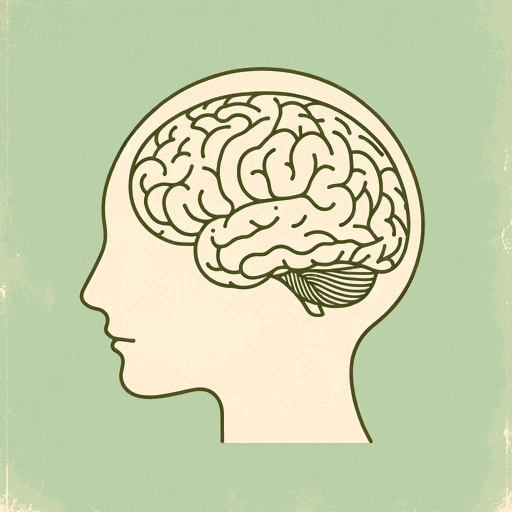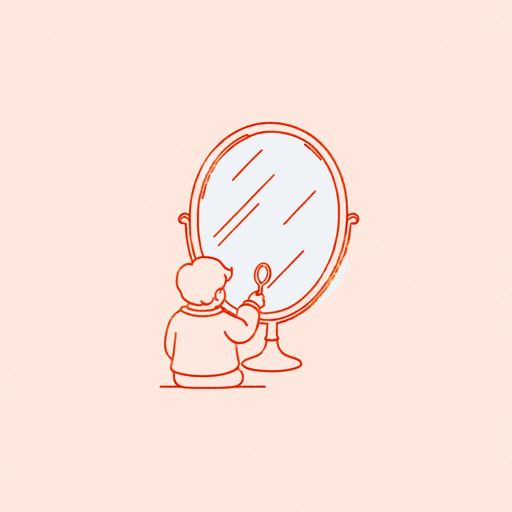62 pages • 2 hours read
Frances E. Jensen, Amy Ellis NuttThe Teenage Brain: A Neuroscientist's Survival Guide to Raising Adolescents and Young Adults
Nonfiction | Book | Adult | Published in 2014A modern alternative to SparkNotes and CliffsNotes, SuperSummary offers high-quality Study Guides with detailed chapter summaries and analysis of major themes, characters, and more.
Themes
Adolescence as a Misunderstood Development Phase
In The Teenage Brain, Jensen suggests that adolescents have long been a misunderstood age group. By tracing the history of teenagers, she demonstrates that the place of adolescents in society has always been uncertain and ever-shifting. Prior to the mid-20th century, adolescents were treated as adults, both legally and economically; now, adolescence is seen as an awkward phase between childhood and adulthood, with the lingering expectation that adolescents should display the same maturity as adults. At the same time, teenagers are typically characterized as deliberately reckless, moody, and antagonistic. Jensen narrativizes this behavior with evidence-based reassurance that teenagers are not fully responsible for all their actions. This theme draws in the reader by establishing their common misconceptions and misunderstandings and promising to resolve them through objective fact.
Jensen emphasizes that adolescence is a distinct developmental stage involving great neurological change. Consequently, teenagers’ brains work differently. Jensen pinpoints the differences between adolescents and adults by describing the key roles of hormones, the excitability of adolescents’ reward-seeking impulses, and the immaturity of the frontal lobes. The author also explains the effect of these features on emotions, executive function, impulse control, and the ability to assess the consequences of actions.


